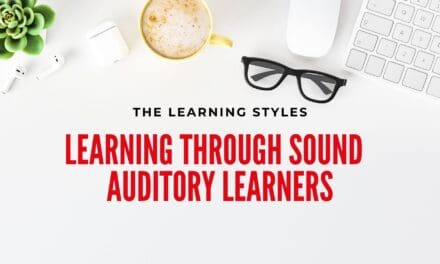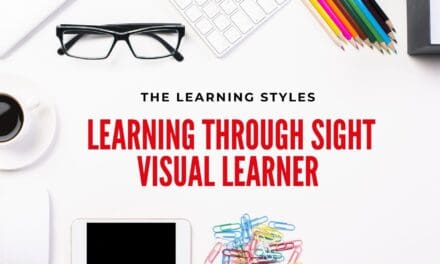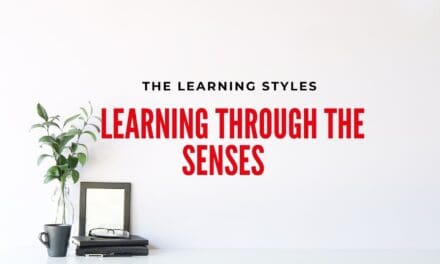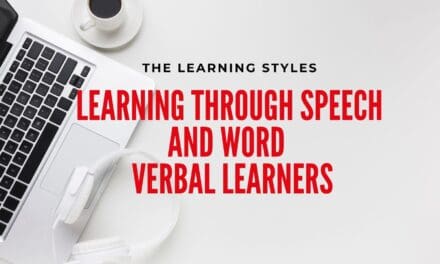Logical learners do well when studying math and logical reasoning, as well as by seeing connections and seeking out relationships between concepts. They succeed when using order, steps, and logic, can recognise patterns and have a systematic approach to learning. Unsurprisingly, they are very well organised.
The Characteristics of a Logical Learner
Teaching logical learners often requires facts, figures, and steps to get the information across. Here are some of the characteristics of the logical learning style:
- Enjoys high-strategy-based games
- Investigative and curious
- Prefers visuals and numbers
- Goal-oriented
- Looks for rules and procedures
- Struggles with creative writing
- May struggle to see the big picture, instead focusing on individual areas
Teaching Logical Learners
With logical learners, you need to avoid word-heavy courses and utilise facts, steps and images to assist learners. It is also recommended to break courses into smaller bite-sized pieces. Here are some ways that you can engage logical learners:
- Use problem-solving tasks
- Instead of giving conclusions or answers, challenge learners to work it out for themselves
- Ask them to interpret visual information
- Include critical thinking exercises in your course
- Utilise statistics and facts
- Ask the student to come up with conclusions to problems after giving them the information
How to Help:
Include critical thinking exercises at the end of each course module, asking students how to identify, determine and solve problems related to your course content.
As a course creator, it is important to understand the learning styles and how your students will learn best from you. Ensuring you have plenty of options for problem-solving, visual information and critical thinking exercises to help explain the information in your course will benefit logical learners.














